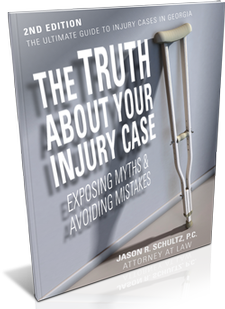If there are inadequate warnings or instructions related to the proper use of a product, and the user is harmed, there may be grounds for a failure-to-warn claim. This type of product poses danger to a user that is not obvious or requires the user to exercise special precautions when using it. An example of this would be a cough syrup that fails to include on its warning label that it should not be taken in combination with aspirin.
If you’ve been injured by a defective product, seek the counsel of a seasoned products liability attorney.

 If you suffered injury or other damages from a product you used, you might have a defective product liability claim. If a product is defective, it generally falls into one of three categories:
If you suffered injury or other damages from a product you used, you might have a defective product liability claim. If a product is defective, it generally falls into one of three categories: 
